How Are Diamonds Made? Natural vs Lab-Created Explained
Two Paths, One Diamond Not all diamonds come from the same place — but they all start the same way. Pure carbon, crystalized under immense pressure and heat. Whether it…
If we’re not wishing we had a live-in jeweler to clean our diamonds every time we needed it, we’re so busy with everyday life that cleaning our everyday pieces becomes an afterthought.
We all know we should – besides bringing back that sparkle, regular cleaning and inspection prolong the life of jewelry; it’s an opportunity to catch broken prongs, loose stones, or other damage. For those who can’t help but wear their jewelry when doing dishes, cooking, cleaning, and everything else in between, here are a few basics to cleaning your favorite diamond pieces on your own.
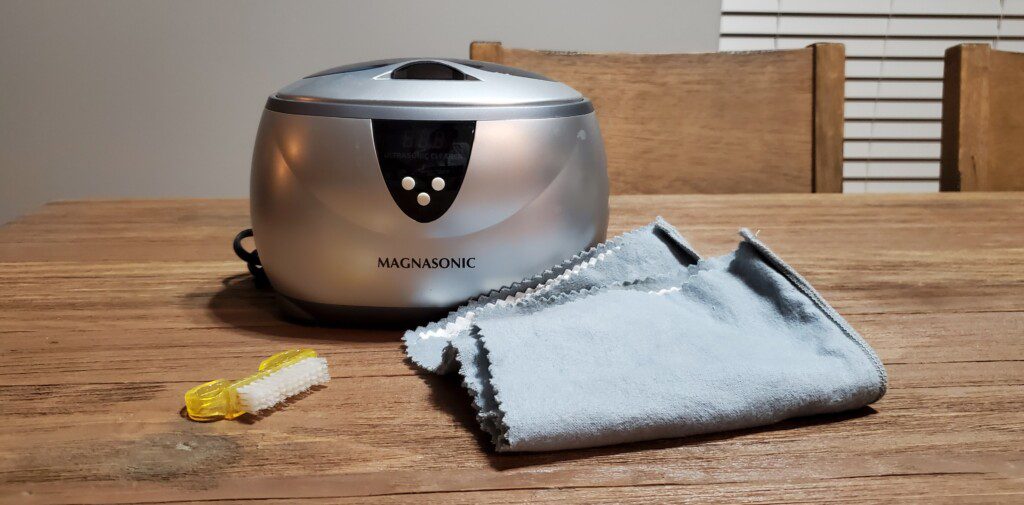
Because some diamond jewelry may incorporate other stones, it’s important to know the difference between non-porous vs porous stones. Porous stones should not be cleaned or soaked in water or any cleaning solutions.
The tips below are for diamonds and other non-porous stones mounted in precious metals (gold and platinum); porous stones should only be cleaned with a soft dry cloth.
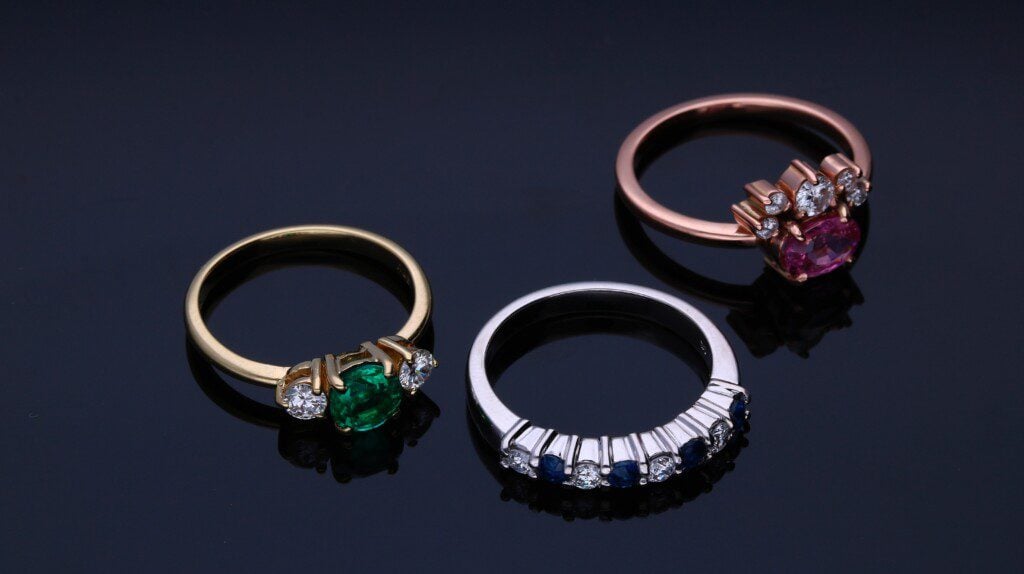
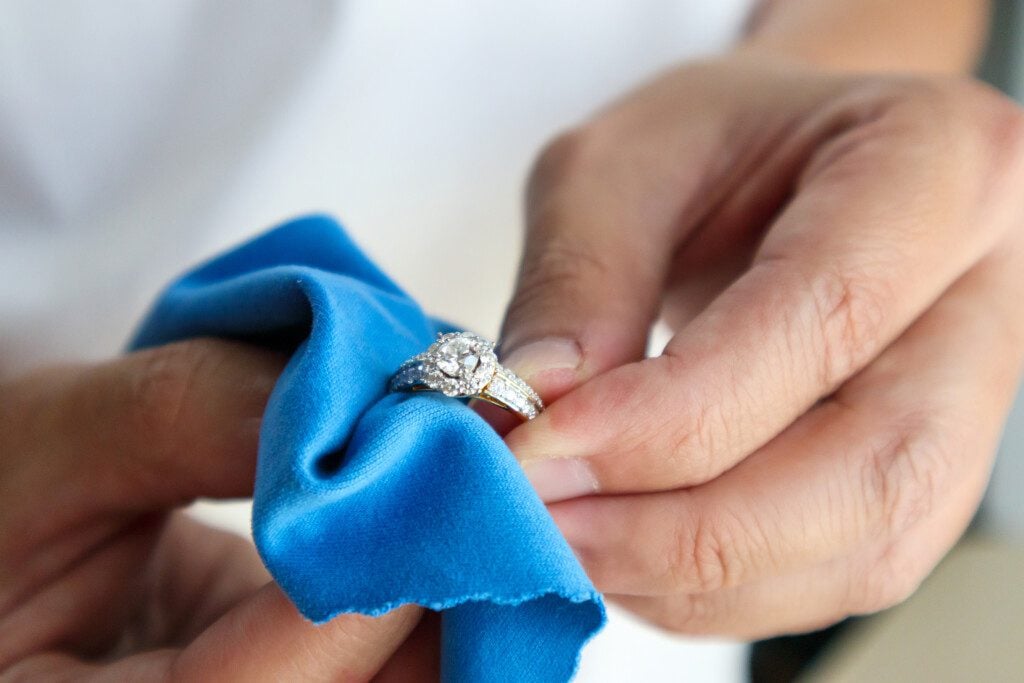
Giving your everyday pieces a quick rub with a soft polishing cloth is the easiest way to keep your jewelry sparkling. Remember, a polishing cloth should not be used on porous stones – it can strip pearls and scratch softer stones over time.
For a deeper clean, fill a small bowl with warm water and a little dishwashing soap. Drop your jewelry in for about 30 minutes – this may seem long, but it will give the water enough time to soak into any built-up dirt and grime. Afterward, scrub gently with a toothbrush or other small, soft brush (i.e. a nail brush). Finally, rinse off and pat dry on a nice soft cloth that won’t snag on any prongs.
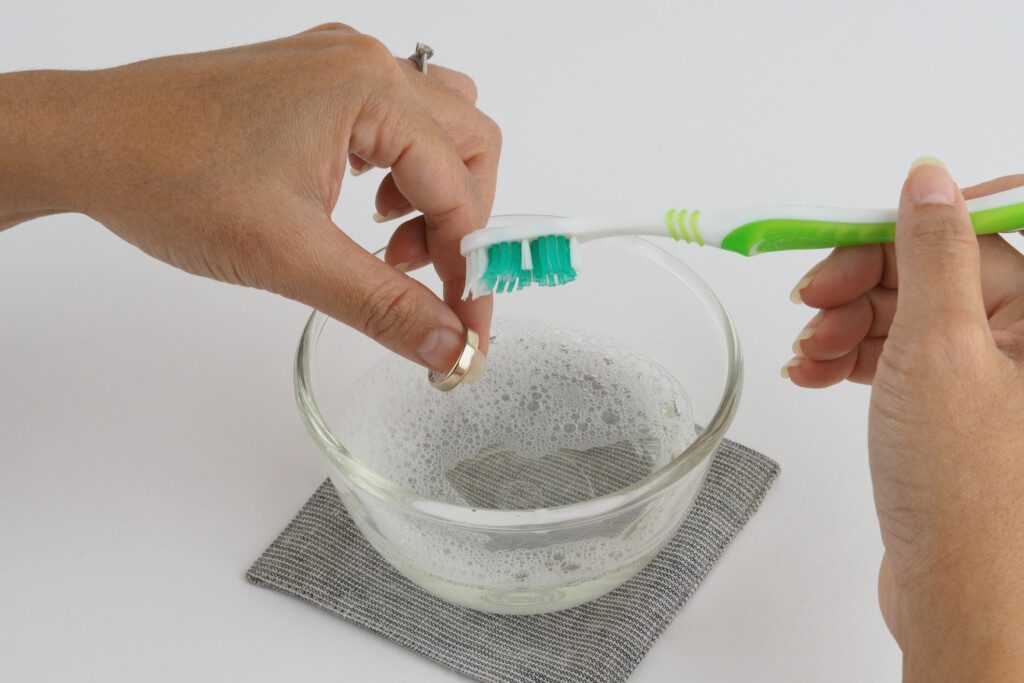
Fine jewelry cleaning solutions are a popular product that most may have seen – they come in a variety of forms: drop-in/soaking liquids, pastes, wipes… etc. Since there are so many available and of varying effectiveness, we mention these only to acknowledge them; asking fellow PriceScope members in the forum for reviews on individual products is probably a much safer bet than a “try and see” method.
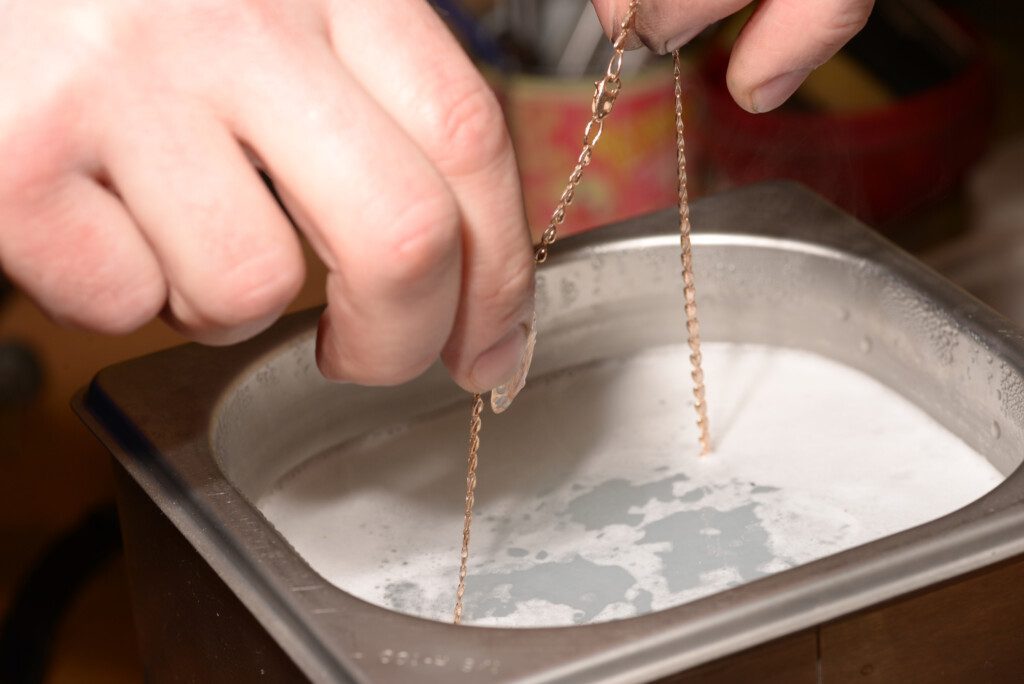
An ultrasonic cleaner is a machine that “uses high-frequency, high-intensity sound waves in a liquid to enhance the removal of foreign contaminants from an object”. In layman’s terms, it shakes the dirt and grime out of your pieces.
While you can use a cleaning solution in the machine, water is fine. A combination of the dishwashing soap and warm water in the ultrasonic cleaner is probably the best option – pour in some warm water over a small dollop of soap, let it soak the recommended time, then give it all a good shake for good measure.
Remember, the chemicals in cleaning solutions can damage certain gemstones, especially pearls. These machines are designed for non-porous gemstones. Do not put pearls, emeralds, opals, or turquoise in an ultrasonic cleaner!
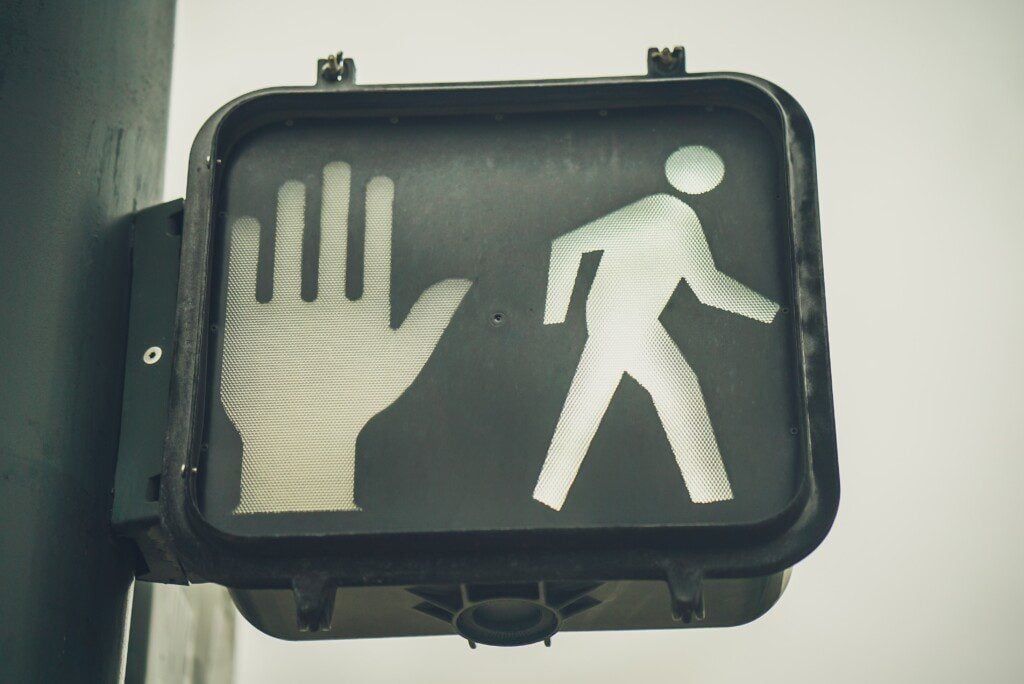
– Contrary to popular belief, cleaning your jewelry with toothpaste is a terrible idea; it contains abrasives that will damage softer stones/gems and metals. Any toothpaste left behind will harden like glue and be very difficult to remove.
– While diamonds are nearly impervious, many pieces can have a mix of stones (i.e. diamond and emerald band, diamond and pearl necklace, ruby and diamond earrings…etc.). Keep this in mind when cleaning and wearing jewelry – stacking and wearing certain items together can also damage more delicate pieces.
– Store jewelry separately so softer stones/gems don’t get scratched by harder ones.
– If found, fix issues quickly by taking the piece to the original jeweler (especially if you have a warranty) or a trusted one. Resist the urge to keep wearing or trying to fix it yourself. Tapping lightly on a piece of jewelry near your ear and listening carefully for rattling noises is the easiest way to check for loose stones.
– It’s recommended that you take more important pieces (whether it be of great sentimental or financial value) back to the original or a trusted jeweler once a year for a “check-up”.
– As an added protection, always have your valuable pieces appraised and insured.
Written by Gloria Cheng